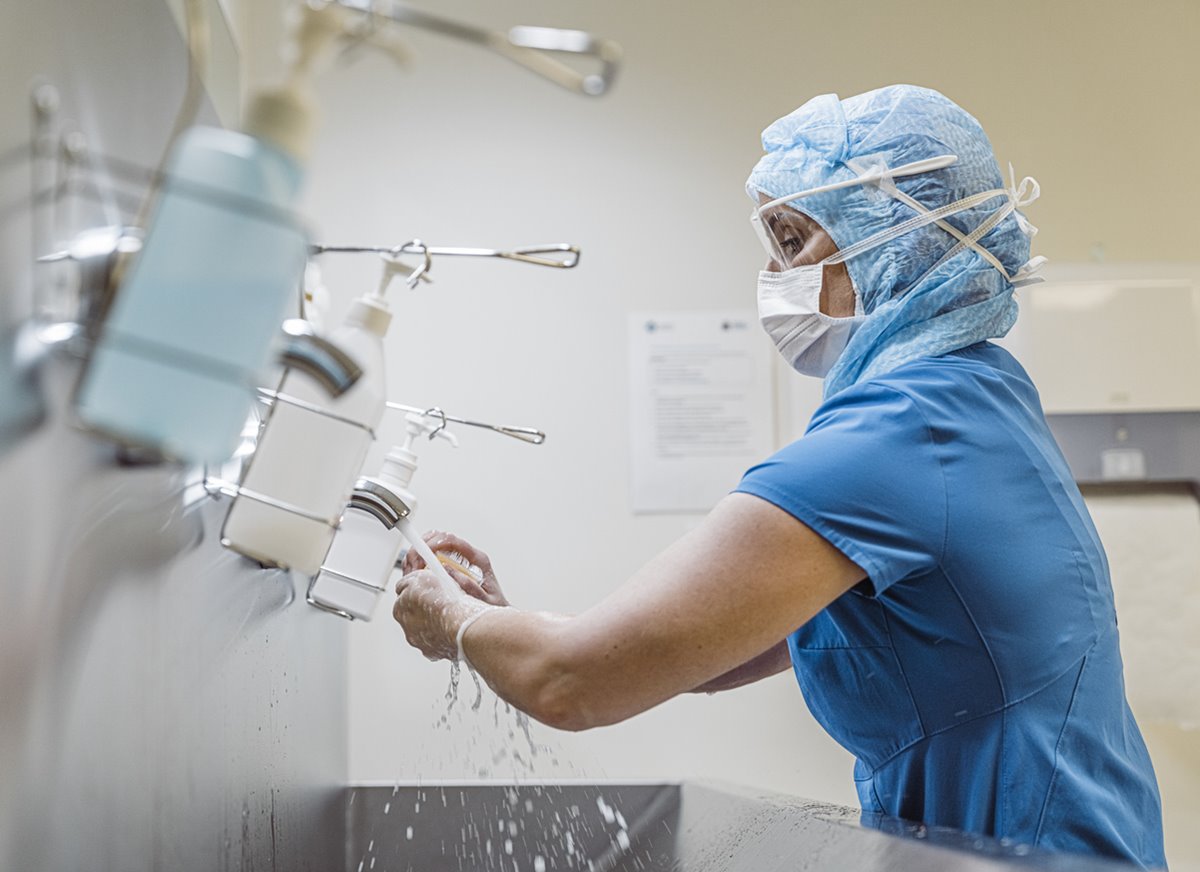Version 2. 26 March 2020.
When should I wear PPE?
Personal Protective Equipment (PPE) should be worn as advised in the government's Guidance for infection prevention and control in healthcare settings.
For patients who have tested positive for Covid-19 or are showing symptoms, the table on page 24 of the Guidanceidentifies the PPE required in the different situations you may encounter.
Also, see Public Health England's When to use a surgical face mask or FFP3 respirator.
What if there isn’t enough PPE?
Risk assessments identify when PPE is required. Once the need is identified, this PPE must be provided.
NO RADIOGRAPHER SHOULD TREAT A PATIENT WITHOUT THE PPE IDENTIFIED IN THE RISK ASSESSMENT/LOCAL PROTOCLS BASED ON RISK ASSESSMENTS.
The employer has a duty of care to staff under the Health and Safety at Work Act 1974, which cannot be ignored or diluted. If the employer is not able to reduce the risk to the lowest that is reasonably possible by providing PPE, then there is no requirement on the staff to undertake that work. This applies to health care professionals and is, in fact, critical if the NHS is to function.
The SoR advises all members to be absolutely clear that they will not undertake treatment or examinations without the appropriate PPE. If you have any problems, please contact your local SoR representative in the first instance.
What about vulnerable patients?
A risk assessment must be done on vulnerable patients and the appropriate PPE worn.
The trust has a duty of care towards the patient, as well as the staff.
If radiographers have any concerns, they must risk assess before treating/examining patients.
